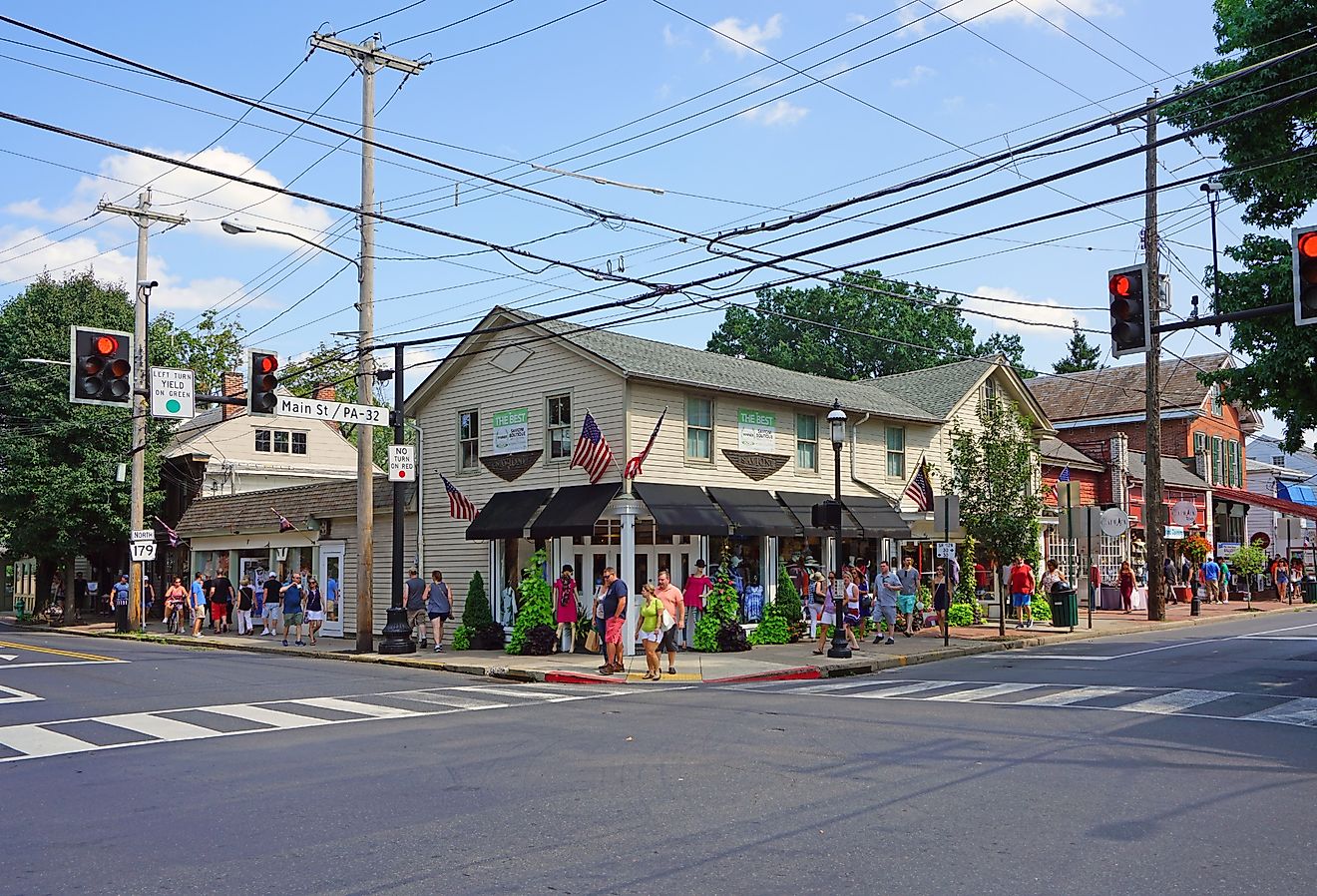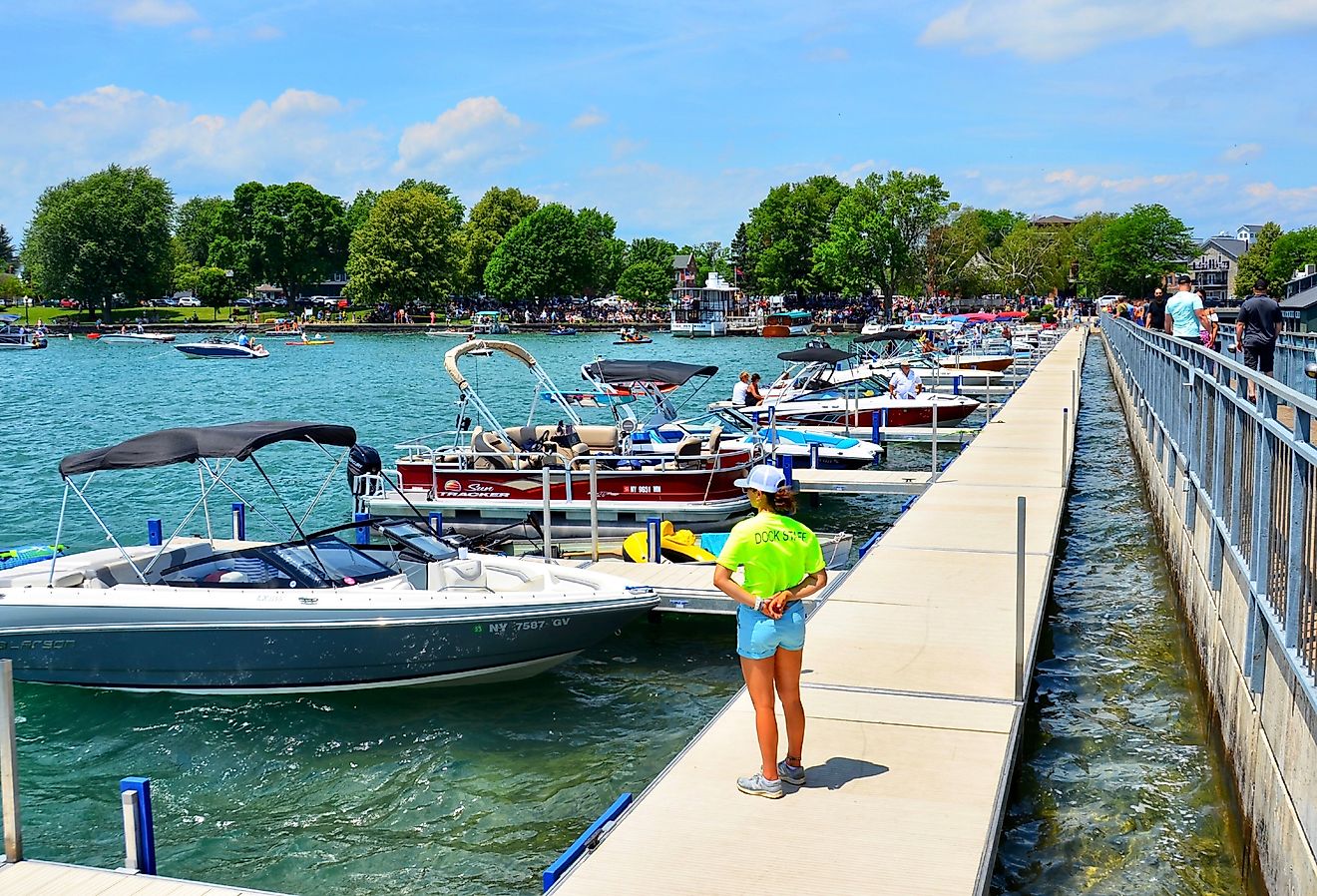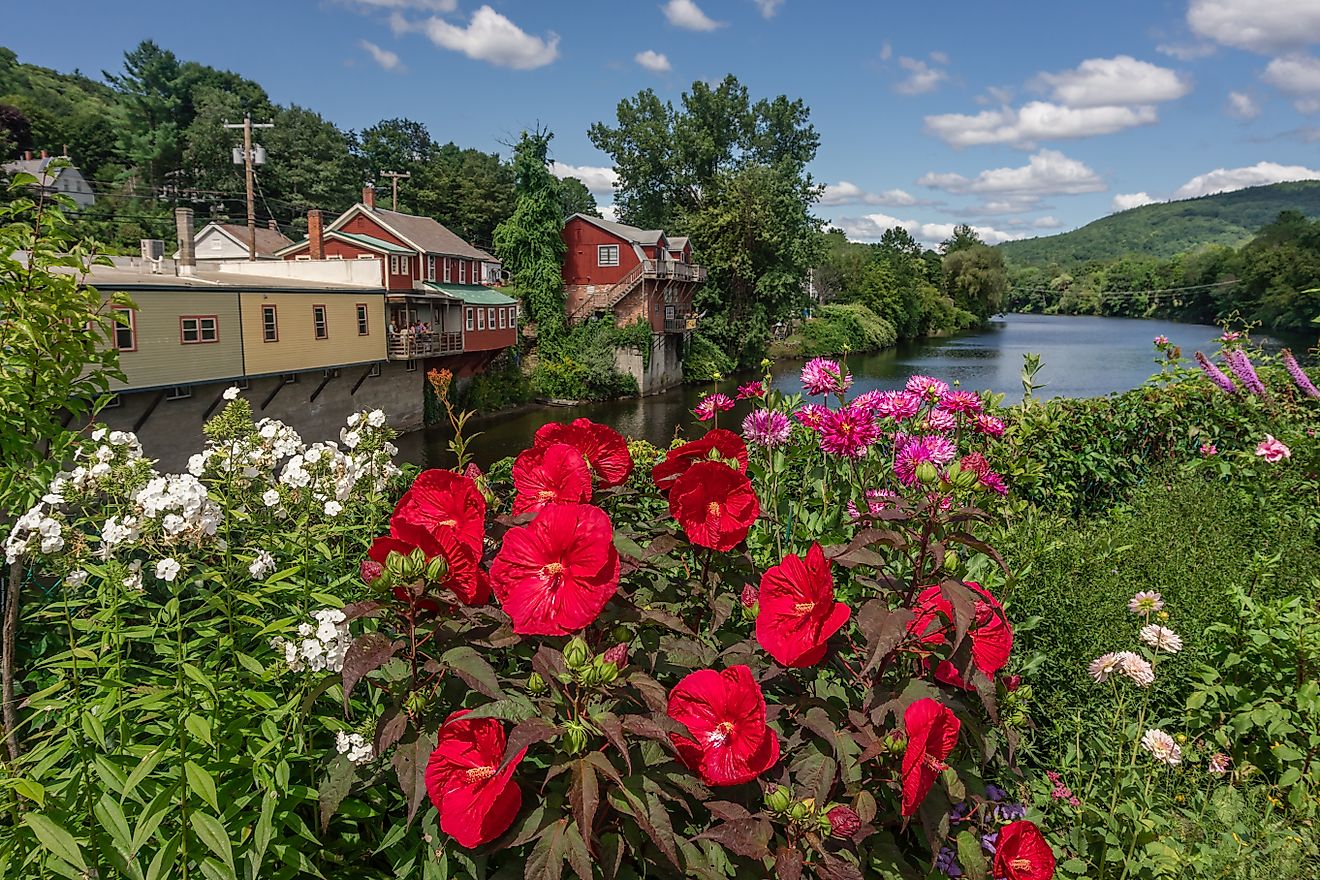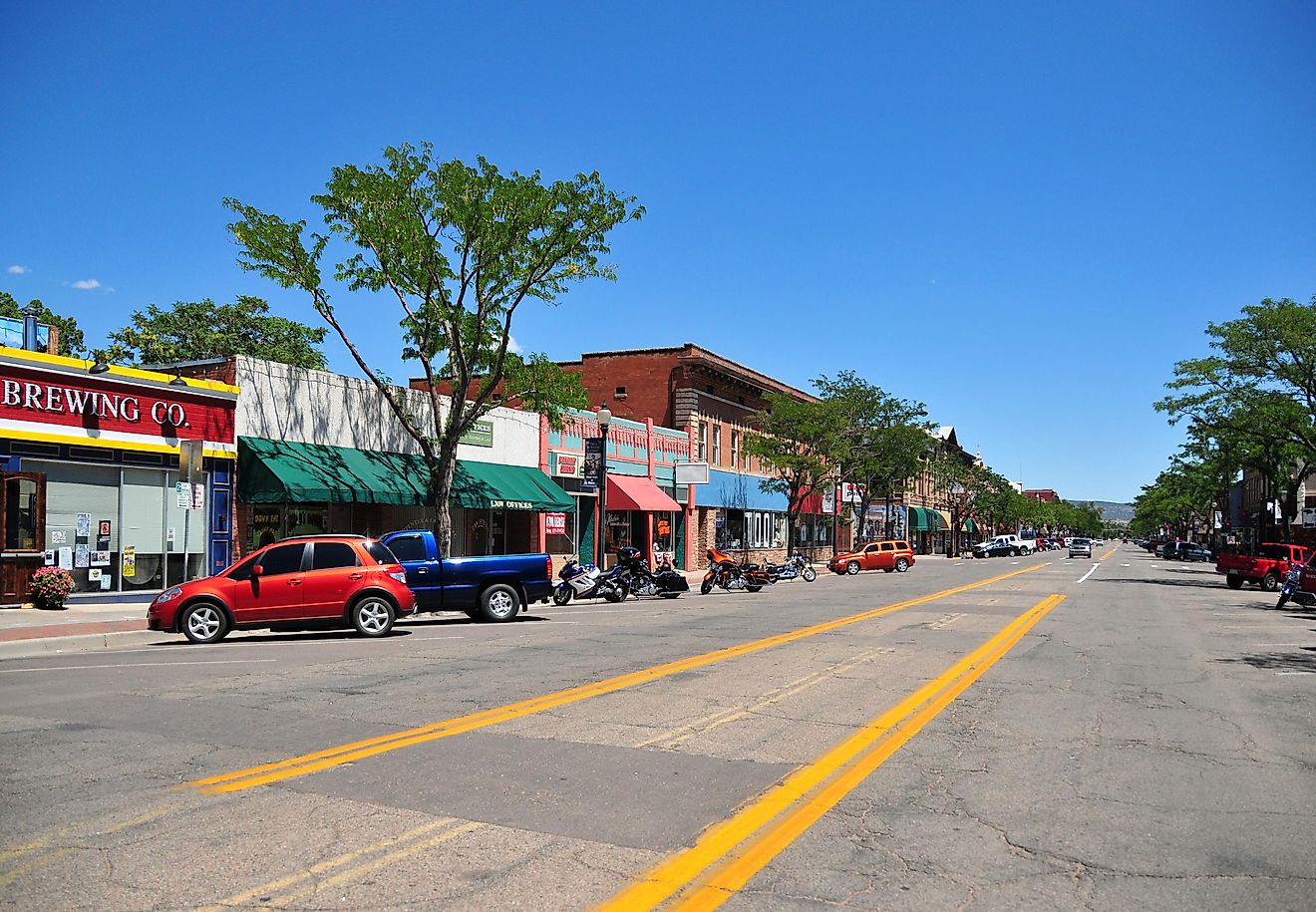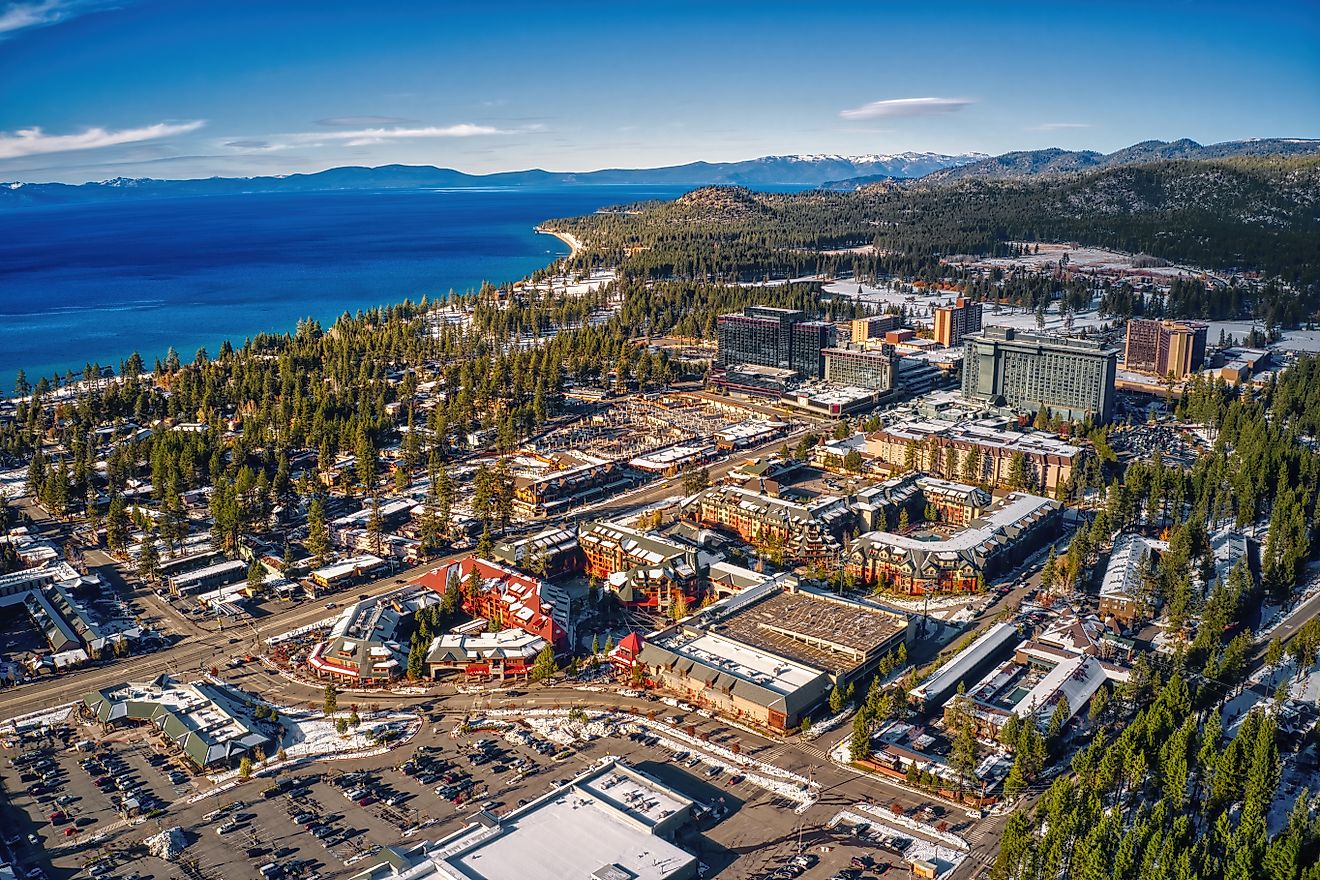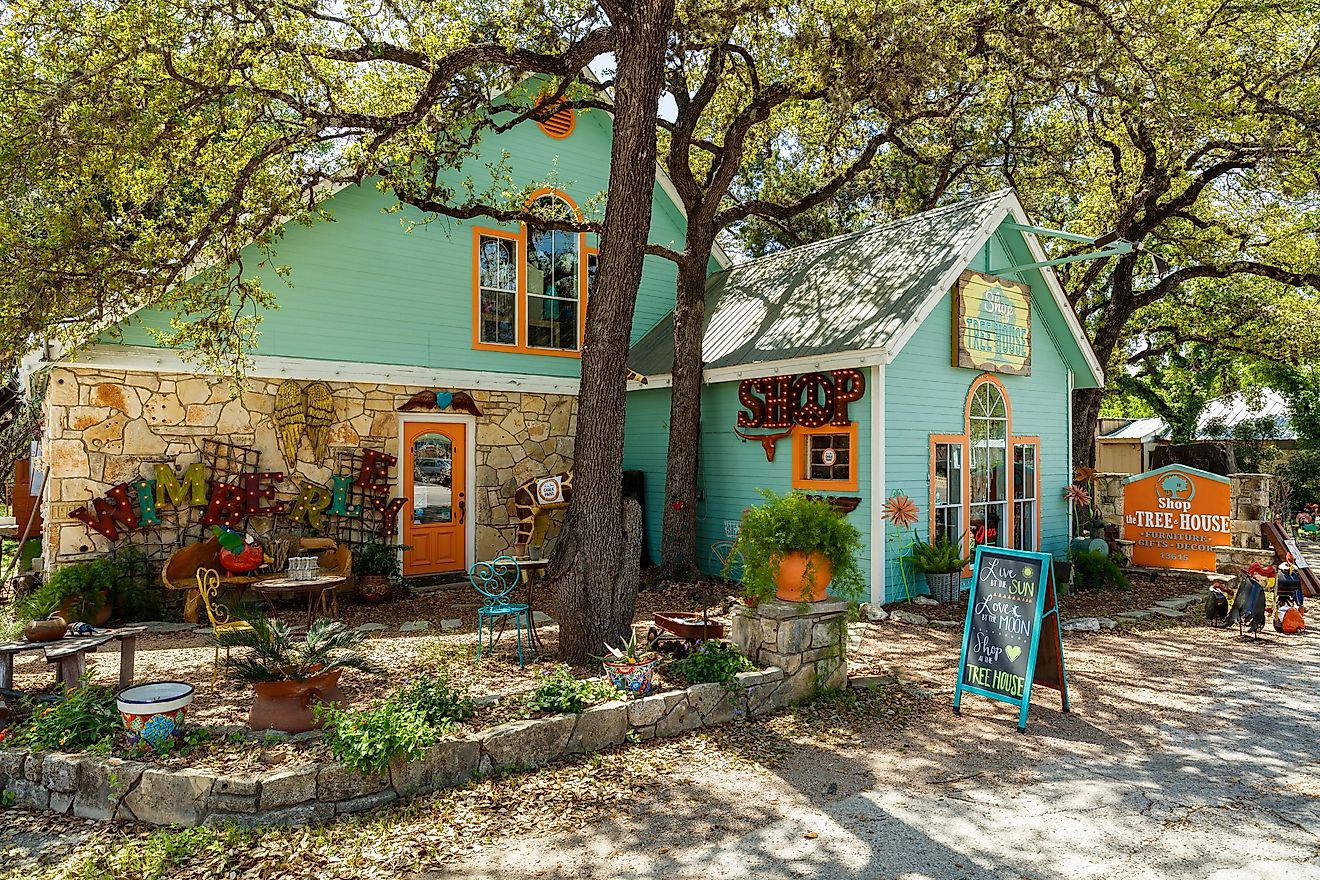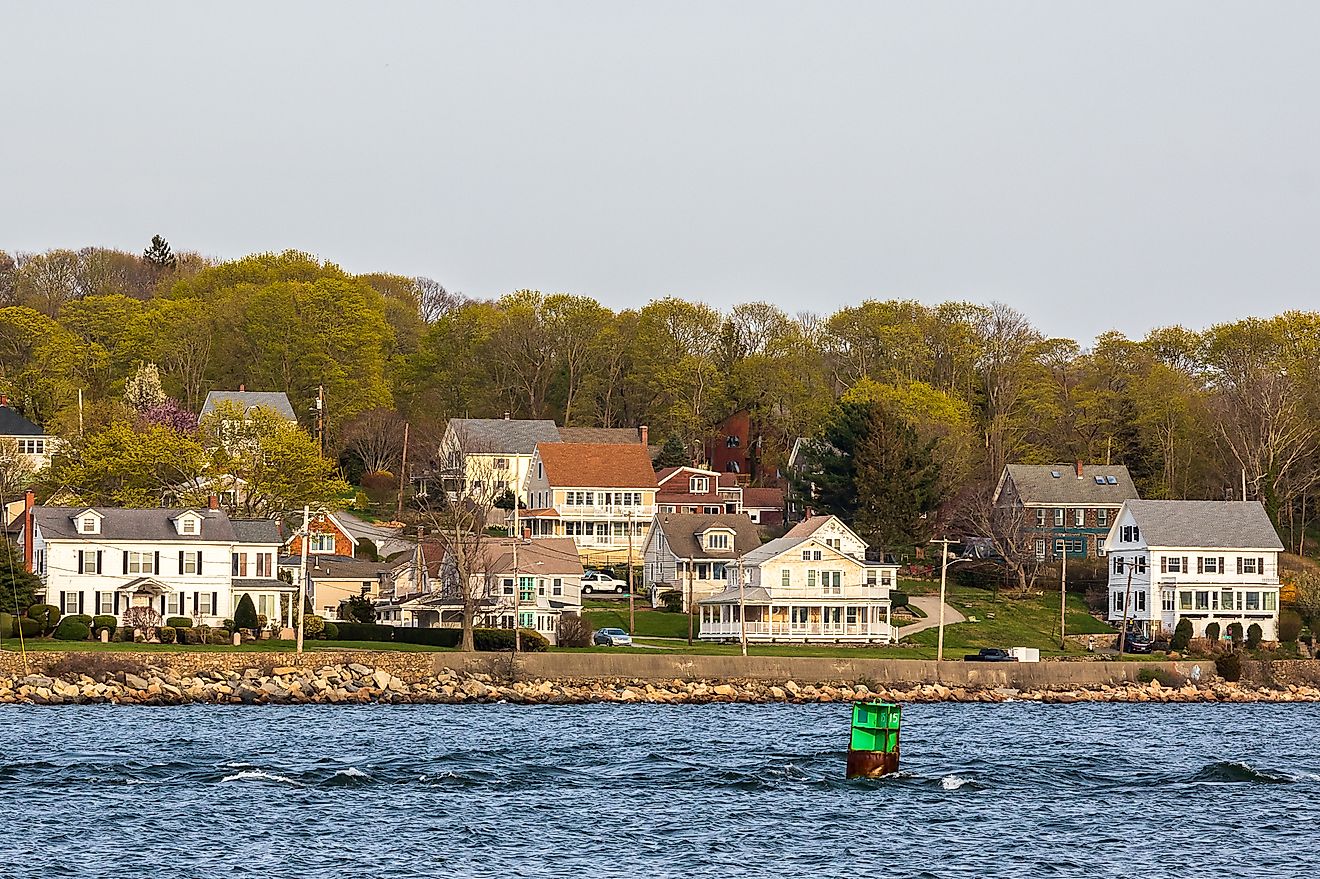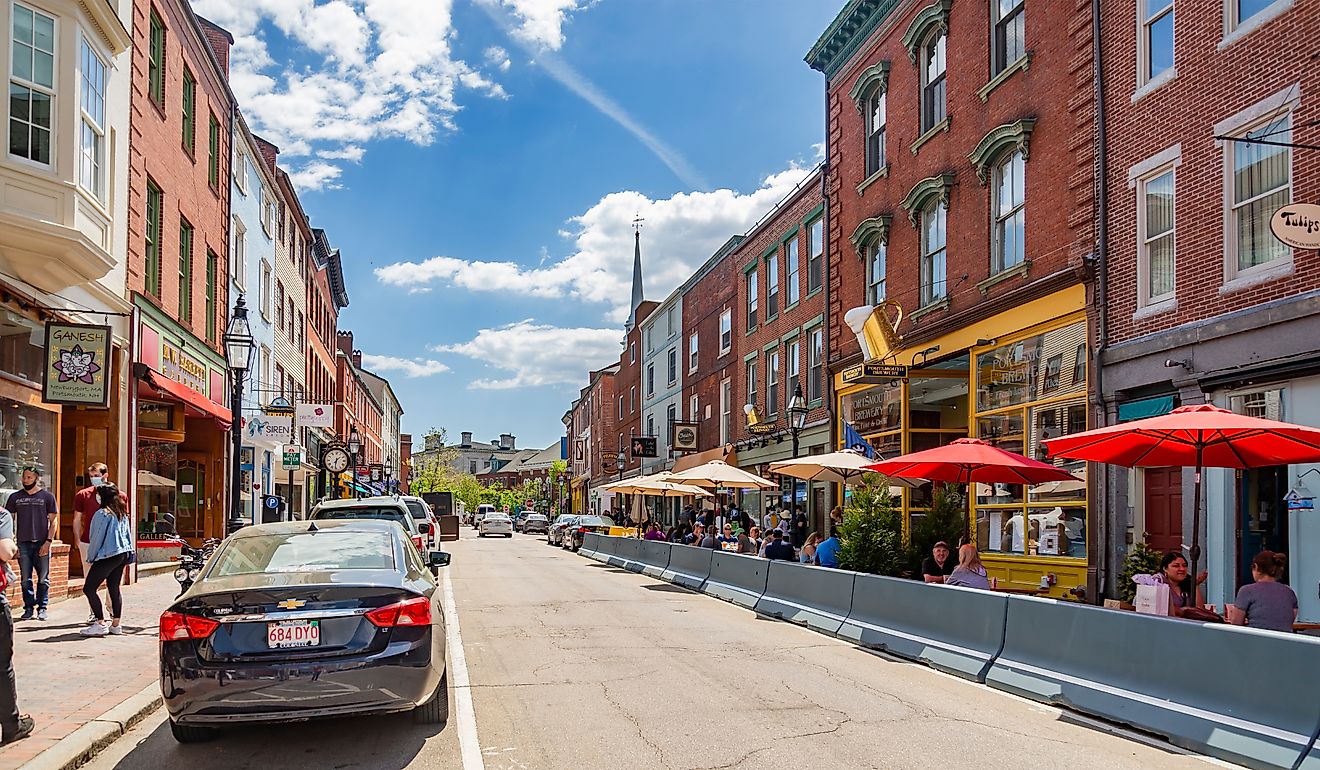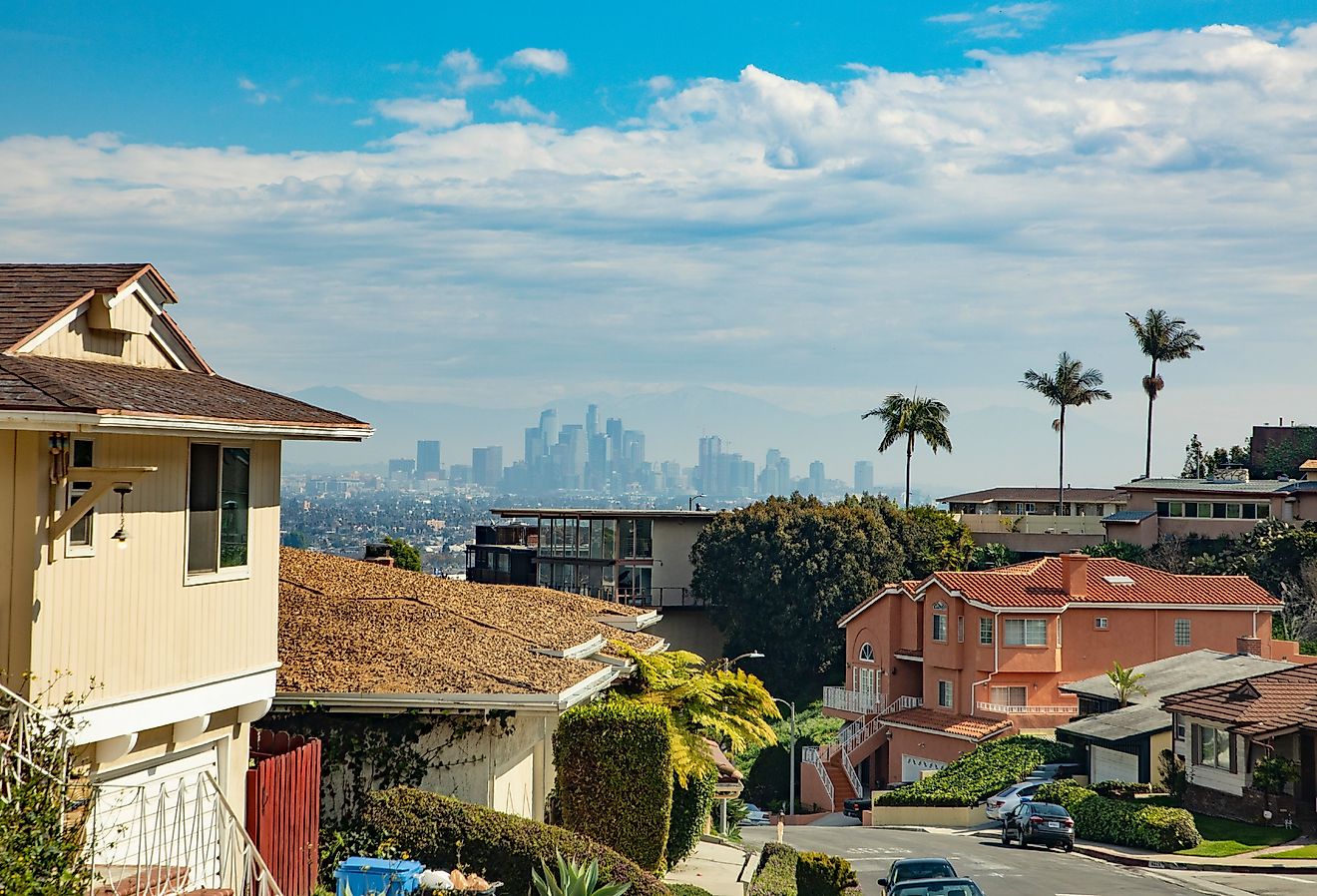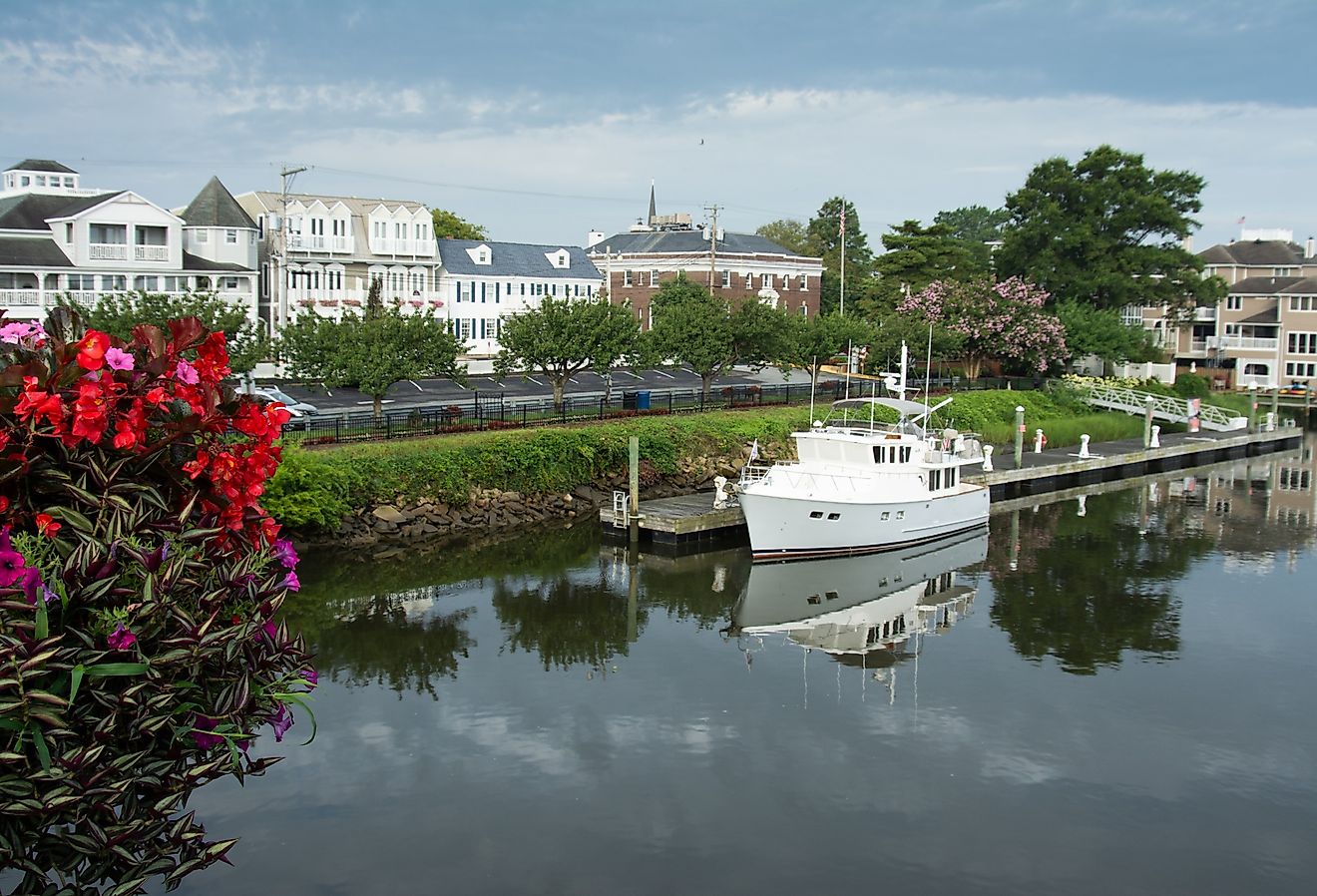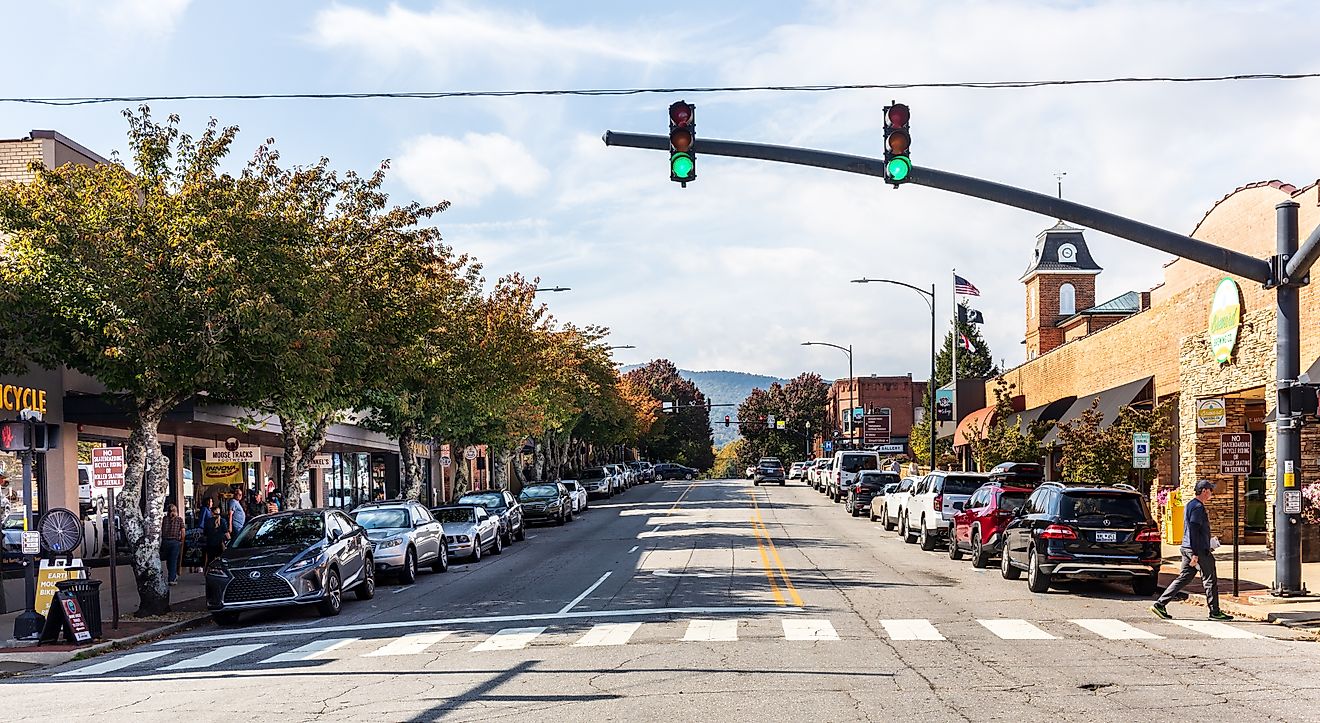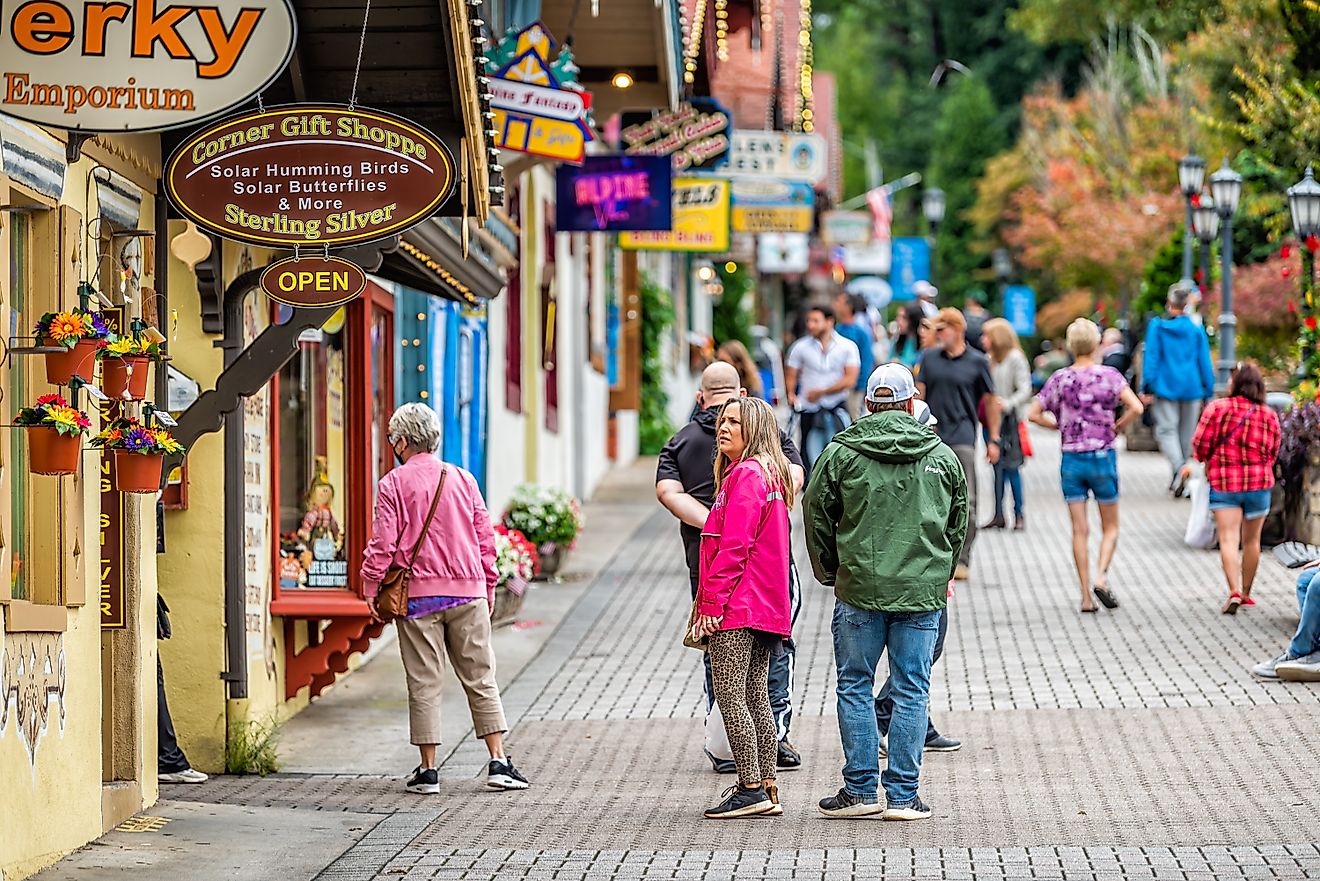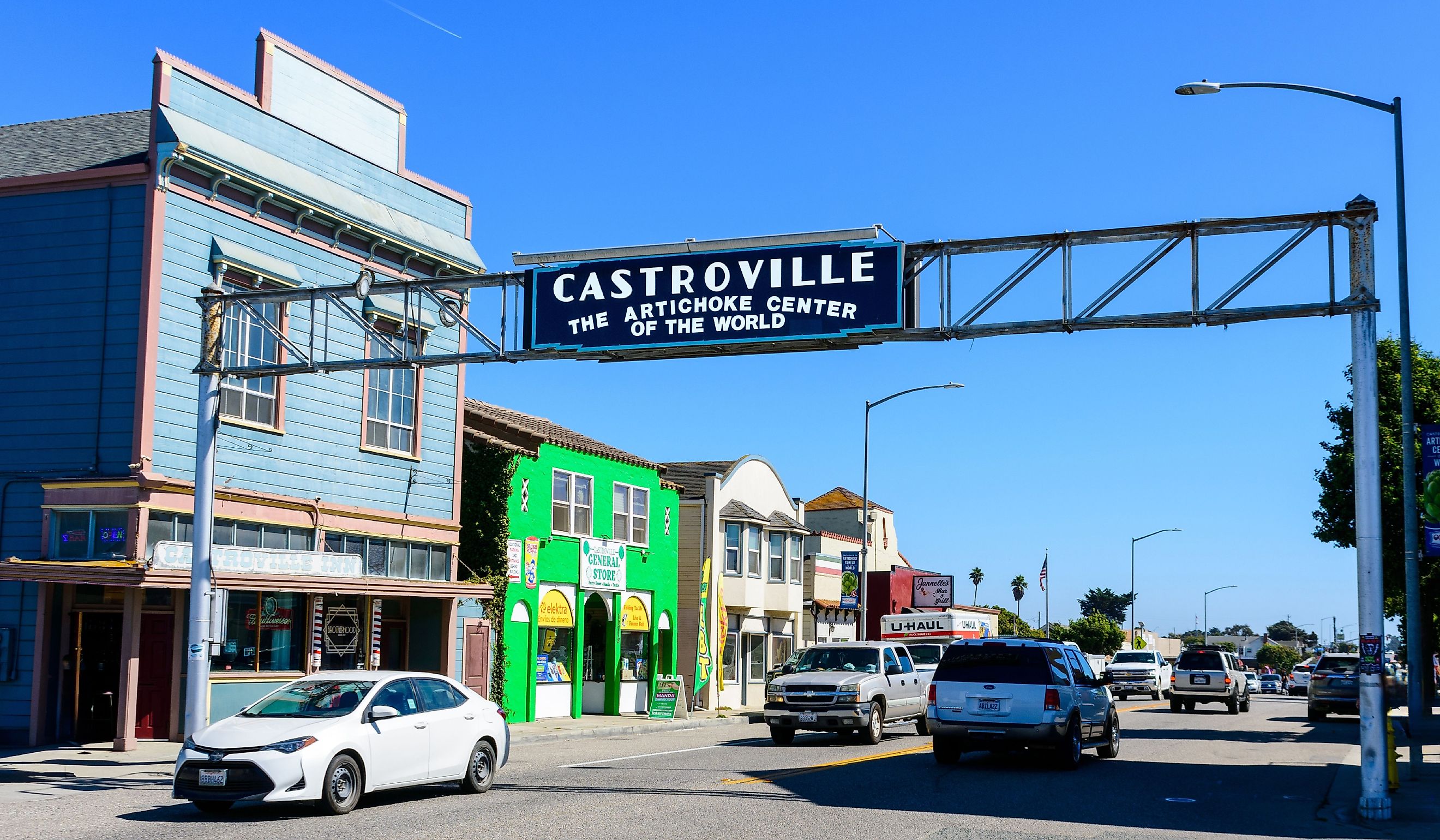
8 Towns in California with Unique Traditions
As the most populous and third-most spacious state, California is a hodgepodge and badinage of geography and culture. This diverse interplay created some of the quirkiest traditions in America, especially in remote Cali communities that kept their character for decades if not centuries. From a Sasquatch fest in NorCal to a riverside crawfish boil to a poodle parade by-the-sea, here are California's craziest celebrations and the communities where they still occur.
Willow Creek
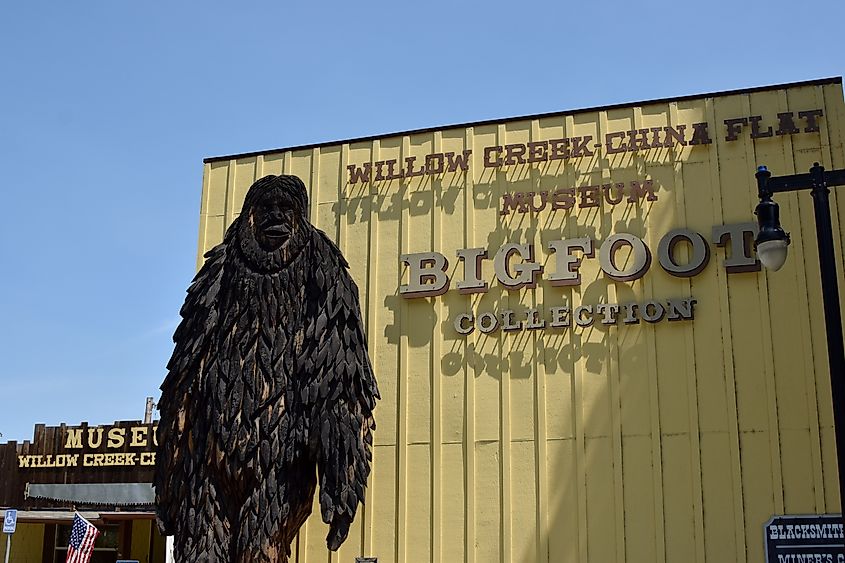
In 1958, giant apelike footprints were discovered in Northern California's Six Rivers National Forest. As part of the ensuing coverage, a Humboldt Times reporter popularized the name "Big Foot." Two years later, this led to the nearby town of Willow Creek holding a Bigfoot festival, complete with a parade and a logging show. Though destined to be a fad, Willow Creek's link with Sasquatch became unbreakable when Roger Patterson and Robert Gimlin filmed the most convincing footage of the creature and brought the reels to town in 1967. The world caught Bigfoot fever and Willow Creek was patient zero. Now dubbed the "Bigfoot Capital of the World," Willow Creek has a Bigfoot museum, motel, steakhouse, and a 20-foot statue. Its festival, Bigfoot Daze, is still going strong 64 years later.
Coalinga
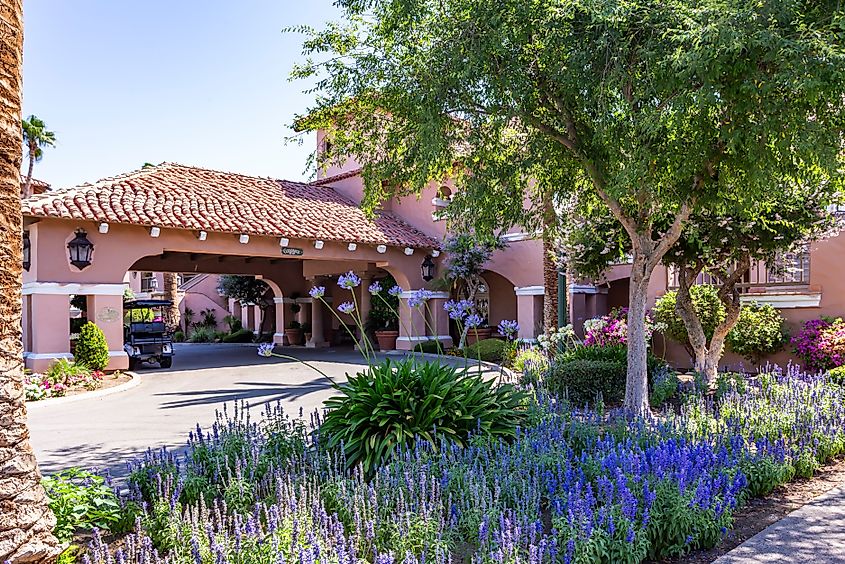
Of all the crazes to adopt, horned toad racing must have seemed, ironically, like a flash in the pan. Yet the small city of Coalinga recently held its 87th Annual Horned Toad Derby, thus continuing one of the longest-running events in rural Cali.
Coalinga's derby began in the 1930s when horned toad racing was popular enough in Los Angeles and other locales to attract celebrities like Jean Harlow. However, the inaugural competition was an impromptu critter roundup by bored kids in the Coalinga Hot Springs Hotel. It allegedly took days to rid the banquet room of frogs and reptiles. Horned toads, which are actually lizards, were standardized as competitors in the following years. As other cities' lizard derbies dissolved, Coalinga's competition got bigger and bigger. Now, as the last lizard race running, the Coalinga Horned Toad Derby dominates Olsen Park for the entire Memorial Day Weekend. But the derby itself is upstaged by food and craft vendors, bed races, and a parade.
Boonville
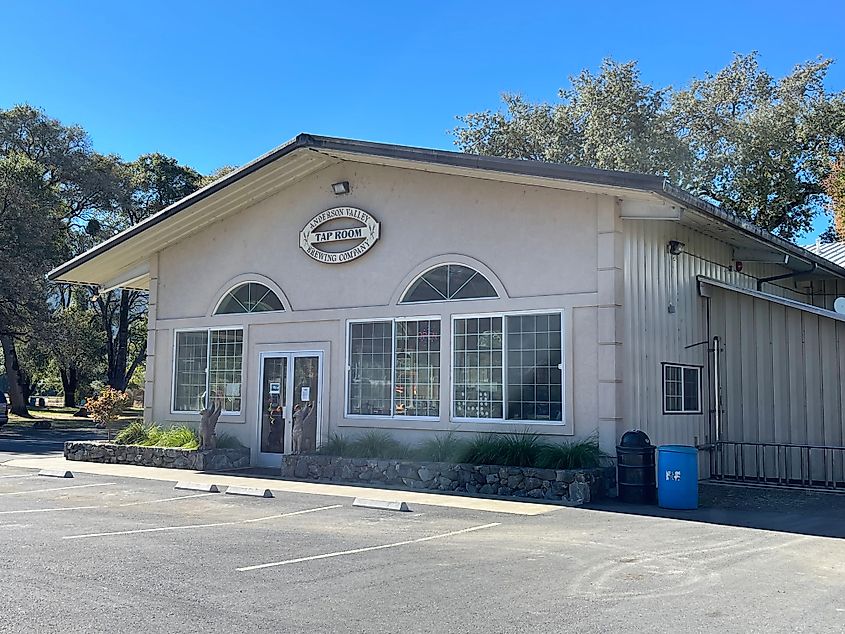
Well over a century ago, residents of Boonville developed a new language to keep bright-lighters (city folk) out of their tiny Northern California circle. Today, Boontling, as the language or argot is called, draws outsiders for its novelty and marketability. "Bahl Hornin'" ("good drinking") proclaims cans of beer crafted by the Anderson Valley Brewing Company, which has hosted the Boonville Beer Fest for 26 years. Other Boontling-enhanced events include the Mendocino County Fair and Apple Show, where guests have been eating apples since 1924, and the Winter White Wine Festival, which has showcased fratty shams (grapevines) for nearly two decades.
Isleton
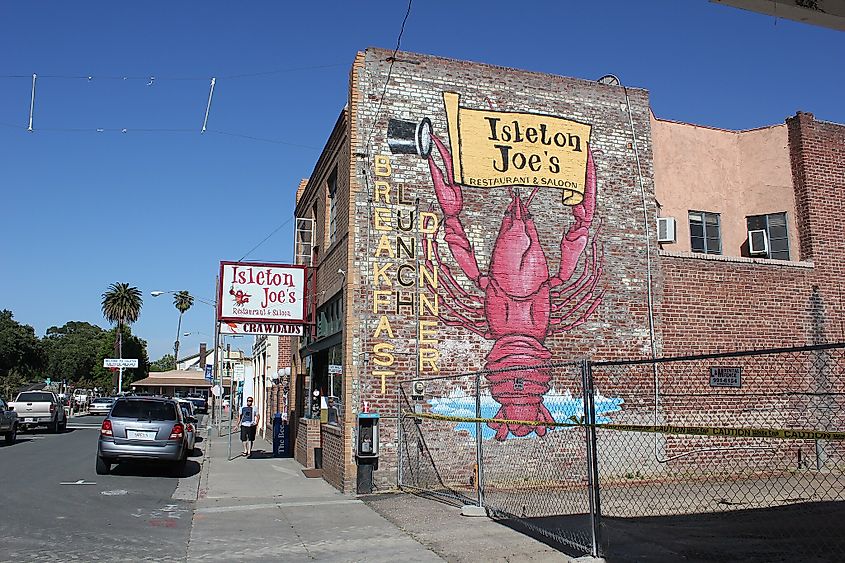
Another isolated community with a unique history, Isleton has about 800 residents and, since 1986, has hosted a festival dedicated to the cooking and consuming of crawdads. Set on the Sacramento River, and a sister city of Breaux Bridge, Louisiana, Isleton began boiling local crawfish in Cajun style. Once the boils' demand exceeded the river's supply, frozen "mud bugs" came by the tons from Louisiana. Now, 15,000 pounds of crawdads fill festivalgoers along with alligator bites from Sharky's, gumbo from Louisiana Heaven, agua frescas from Pitayas Locas, and many other delicacies from a variety of vendors.
Castroville
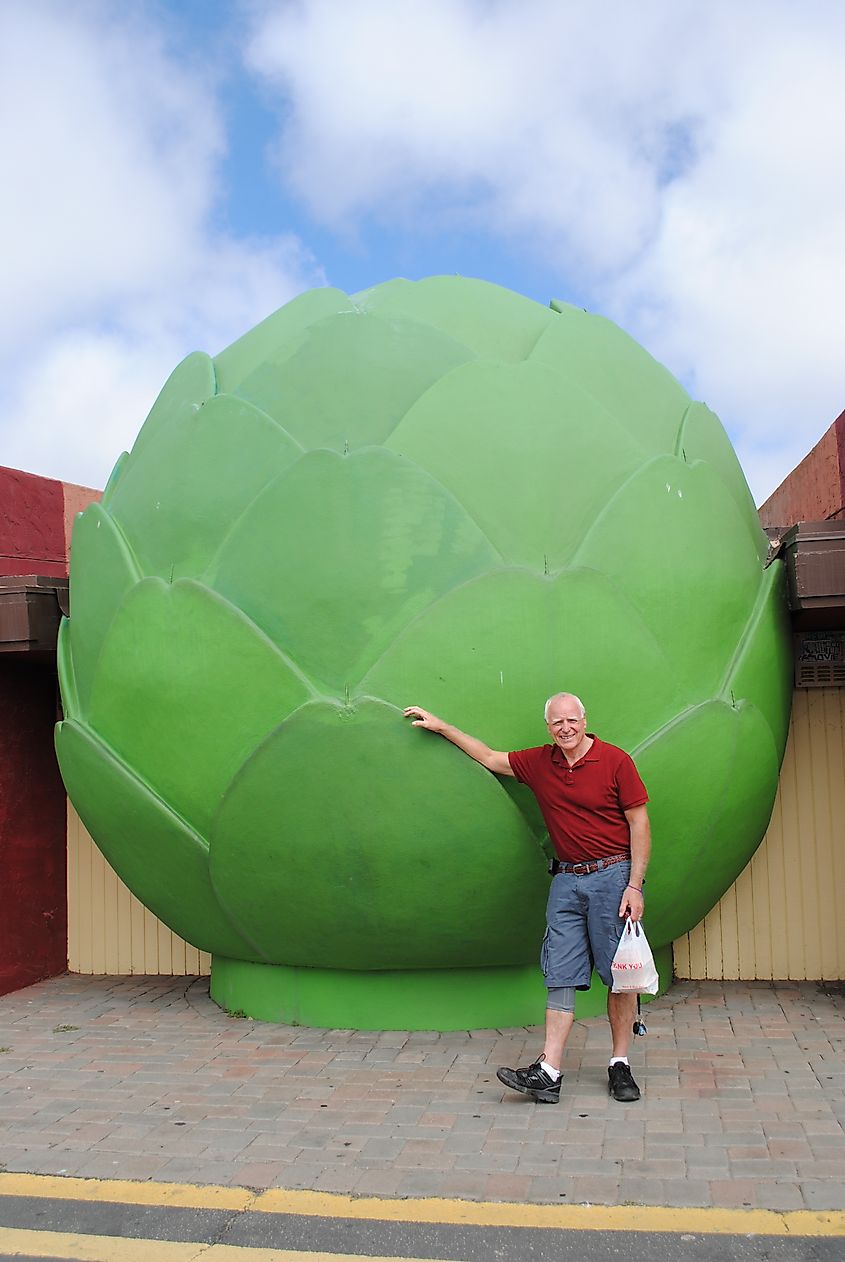
It is no joke that Castroville is considered the "Artichoke Center of the World." Though not native to Cali, this odd but versatile veggie was brought by Spanish settlers and established in Castroville in the 1920s, where it became an unlikely star. In 1948, a group of Castroville farmers crowned the first California Artichoke Queen. Her name? Marilyn Monroe. In 1959, Castroville held its first Artichoke Festival. The fest moved to Monterey in 2014, but you can still find plenty of arti-facts in town, especially the Giant Artichoke Restaurant and its companion Giant Artichoke sculpture, which is approximately 20 feet tall and 12 feet wide.
Guerneville
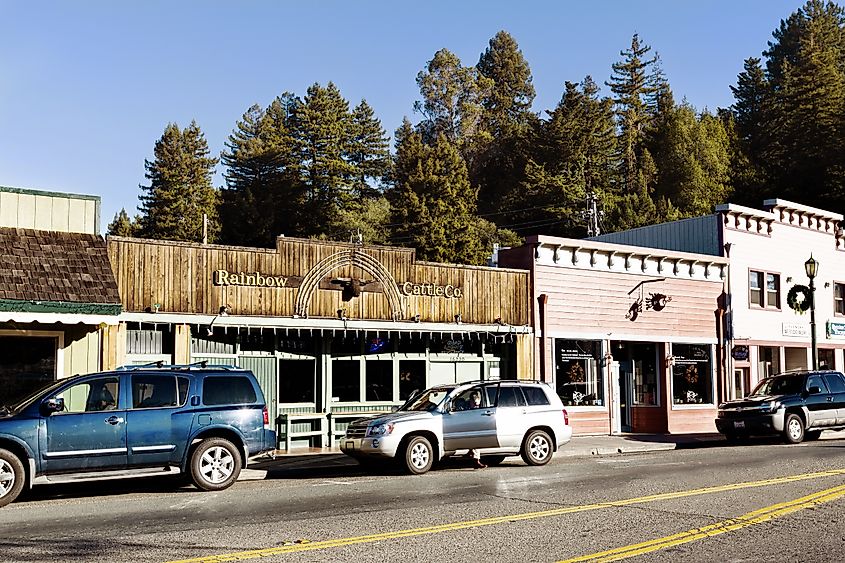
In the 1970s, the backwoods community of Guerneville became a refuge for bears—but not the big, hairy bears you are probably picturing. We are talking about the big, hairy "bears" of the LGBTQ+ community. As the counterculture movement bloomed and expanded, free-spirited San Franciscans migrated north for summer fun along the Russian River, resulting in gay-friendly businesses opening in Guerneville, such as Fife's and the Rainbow Cattle Company. Both are still standing (though Fife's is now the Dawn Ranch) and, for 28 years, have been serving participants of Lazy Bear Week, a festival of bear (bare?) necessities that has raised millions for charity.
Coarsegold
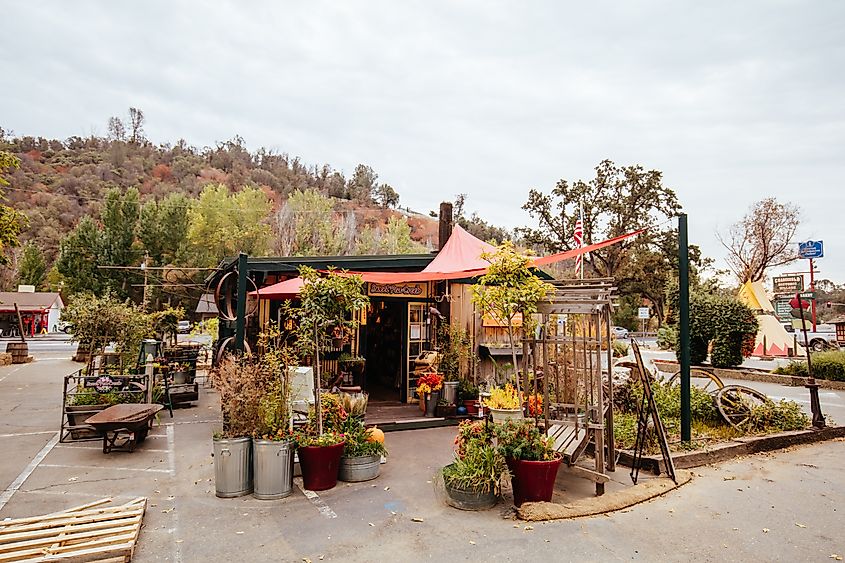
Rather than racing or cooking critters, Coarsegold's festival is about saving them. Since 1998, the Coarsegold Tarantula Awareness Festival has welcomed the myriad tarantulas that maraud around town during mating season and helped reduce "the myths that have been stamped in our minds" about spiders in general. Festival organizers destigmatize these prolific pest-eaters with a tarantula poem reading, costume contest, hairy leg competition (for men and women), food/craft vendors, and a parade, all of which take place in the Coarsegold Historic Village on the way to Yosemite National Park.
Carmel-by-the-Sea
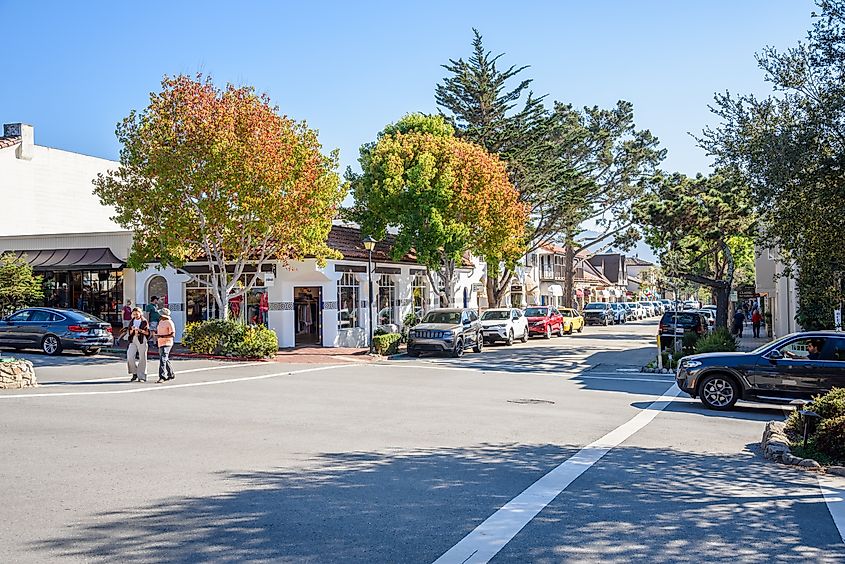
Carmel-by-the-Sea is a coastal Cali community with not one, not two, but three quirky festivals. Poodle Day has brought poodles and their owners to Carmel for at least 14 fun-filled years and raised doggy bags of money for the NorCal Poodle Rescue. In response to 30-plus years of unauthorized Ocean Avenue pumpkin rolling, Carmel tried to placate rebel rollers by incorporating the activity into its 2015 Halloween celebration. It worked well enough that the Pumpkin Roll is now a permitted annual event. Carmel's last unique annual event (that may not seem unique to beach dwellers) is the Great Sandcastle Contest, which has motivated sand sculptors on Carmel Beach for over 60 years. The grand prize is the Golden Shovel.
California's anomalous geography, free-for-all culture, and unique history cultivated weird and wonderful traditions that are still observed in small communities. Chief of these are Bigfoot Daze in Willow Creek, the Horned Toad Derby in Coalinga, Beer Fest in Boonville, Crawdad Festival in Isleton, Artichoke Festival in Castroville, Lazy Bear Week in Guerneville, Tarantula Awareness Festival in Coarsegold, and Poodle Day in Carmel-By-The-Sea. Which strange spectacle will you seek out first?
